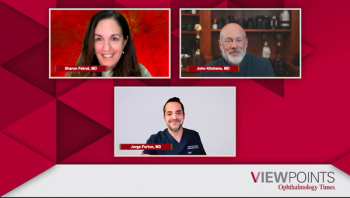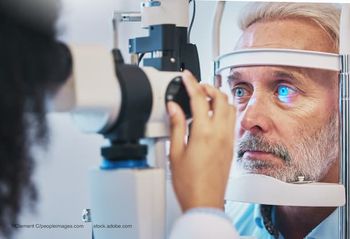
Opinion|Videos|January 31, 2025
Adverse Events of the Port Delivery System and Addressing Challenges With Adoption
Panelists discuss how careful patient selection and management of potential complications - including surgical risks, device-related adverse events, and cost-benefit considerations requiring operating room resources - are crucial factors in successfully implementing the port delivery system in clinical practice.
Advertisement
Episodes in this series

Video content above is prompted by the following:
- What are the major adverse effects associated with the PDS, and which patients are not suitable candidates for this delivery system?
- What are some potential challenges to the adoption of the PDS, and how can retina specialists and surgeons address these to facilitate its integration into clinical practice?
- Need to go to the operating room- balancing cost versus benefits
Newsletter
Don’t miss out—get Ophthalmology Times updates on the latest clinical advancements and expert interviews, straight to your inbox.
Advertisement
Latest CME
Advertisement
Advertisement
Trending on Ophthalmology Times - Clinical Insights for Eye Specialists
1
FDA grants IDE approval to EyeYon Medical for its US clinical study of EndoArt
2
First patient treated in ViaLase’s IDE trial
3
Ocular Therapeutix accelerates NDA submission plans for AXPAXLI for wet AMD
4
Formosa Pharmaceuticals and Rxilient sign licensing and commercialization agreement for APP13007
5
















































.png)


